Researchers from RMIT University and the University of Melbourne have discovered that water generates an electrical charge up to 10 times greater than previously understood when it moves across a surface.
The academics observed when a water droplet became stuck on a tiny bump or rough spot, the force built up until it “jumped or slipped” past an obstacle, creating an irreversible charge that had not been reported before.
“Previously, scientists have understood this phenomenon as occurring when the liquid leaves a surface, which goes from wet to dry,” said Dr Peter Sherrell whose research at RMIT’s School of Science specialises in capturing and using ambient energy from the environment.
“In this work we have shown that charge can be created when the liquid first contacts the surface, when it goes from dry to wet, and is 10 times stronger than wet-to-dry charging.”
The team measured the electrical charge and contact areas created by water droplets spreading and contracting on a flat plate of the material used in Teflon, polytetrafluoroethylene (PTFE).
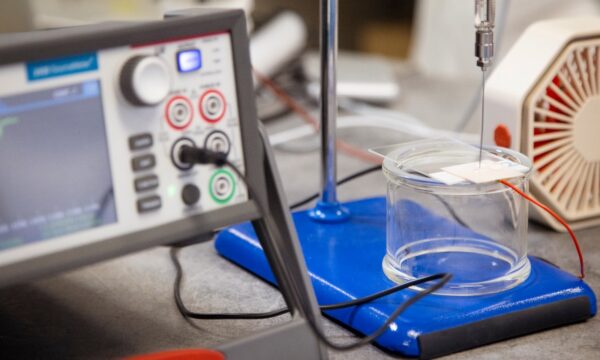
Image: Peter Clarke, RMIT University
Shuaijia Chen, first author and PhD student from the University of Melbourne, said the first time water touched the surface created the biggest change in charge, from 0 to 4.1 nanocoulombs (nC). The charge oscillated between about 3.2 and 4.1 nC as the water-surface interaction alternated between wet and dry phases.
“To put things into perspective, the amount of electrical charge that water made by moving over the PTFE surface was more than a million times smaller than the static shock you might get from someone jumping next to you on a trampoline,” Chen said.
“That amount of charge may sound insignificant, but this discovery could lead to innovations that can enhance or inhibit the charge created in liquid-surface interactions in a range of real-world applications.”
The academics said the new understanding of this “stick-slip” motion of water over a surface paves the way for surface design with controlled electrification, with potential applications ranging from improving safety in fuel-holding systems to breakthroughs in energy storage and charging rates.
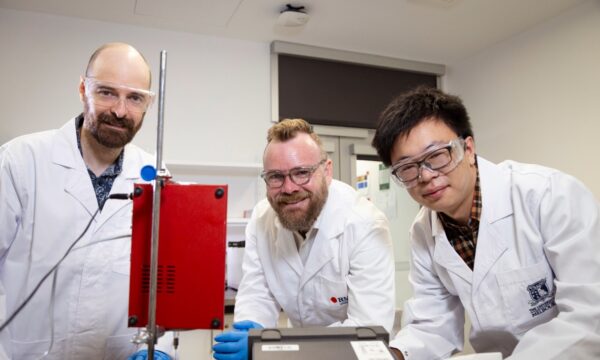
Image: Peter Clarke, RMIT University
Sherrell said the team plans to now investigate the stick-slip phenomenon with other types of liquids and surfaces, adding that the impact of this research relies on the development of commercial technologies with prospective industry partners.
“The amount and rate of charge in other liquid and surface material interactions may be relevant for a range of potential commercial applications,” he said.
“We plan to study where stick-slip motion can affect safety design of fluid handling systems, such as those used to store and transport ammonia and hydrogen, as well as methods to recover electricity and speed up charging from liquid motion in energy storage devices.”
The study, ‘Irreversible charging caused by energy dissipation from depinning of droplets on polymer surfaces’ is published in the scientific journal Physical Review Letters.
This content is protected by copyright and may not be reused. If you want to cooperate with us and would like to reuse some of our content, please contact: editors@pv-magazine.com.
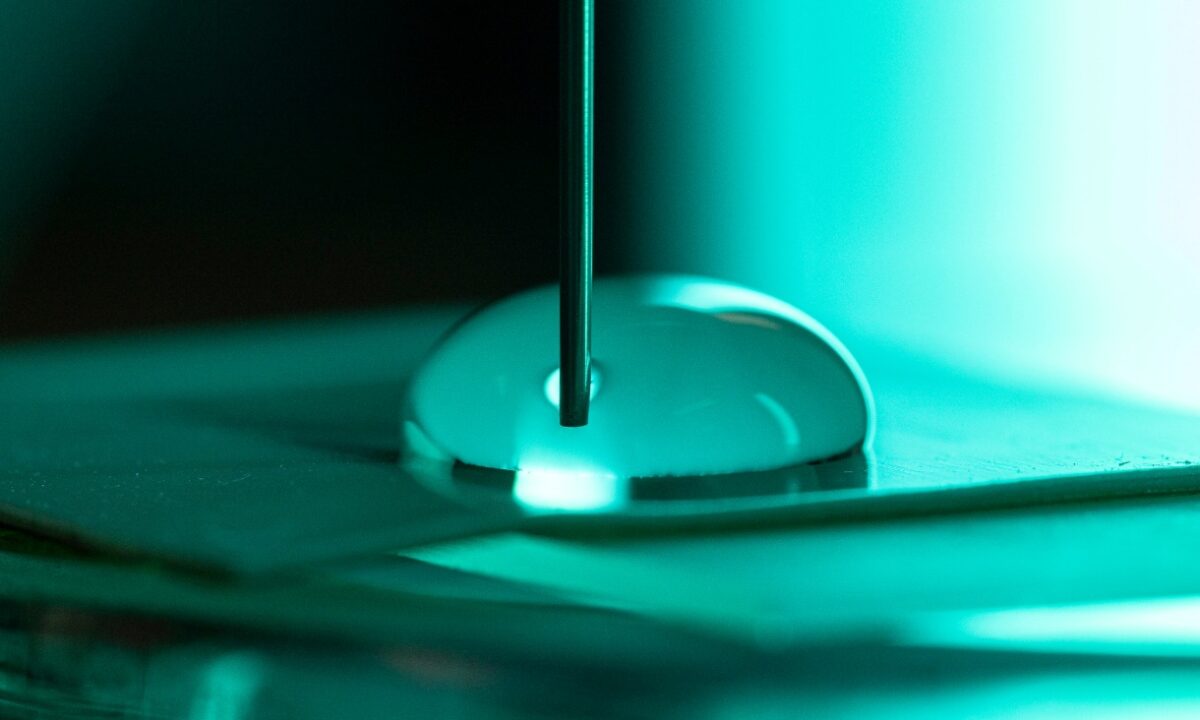
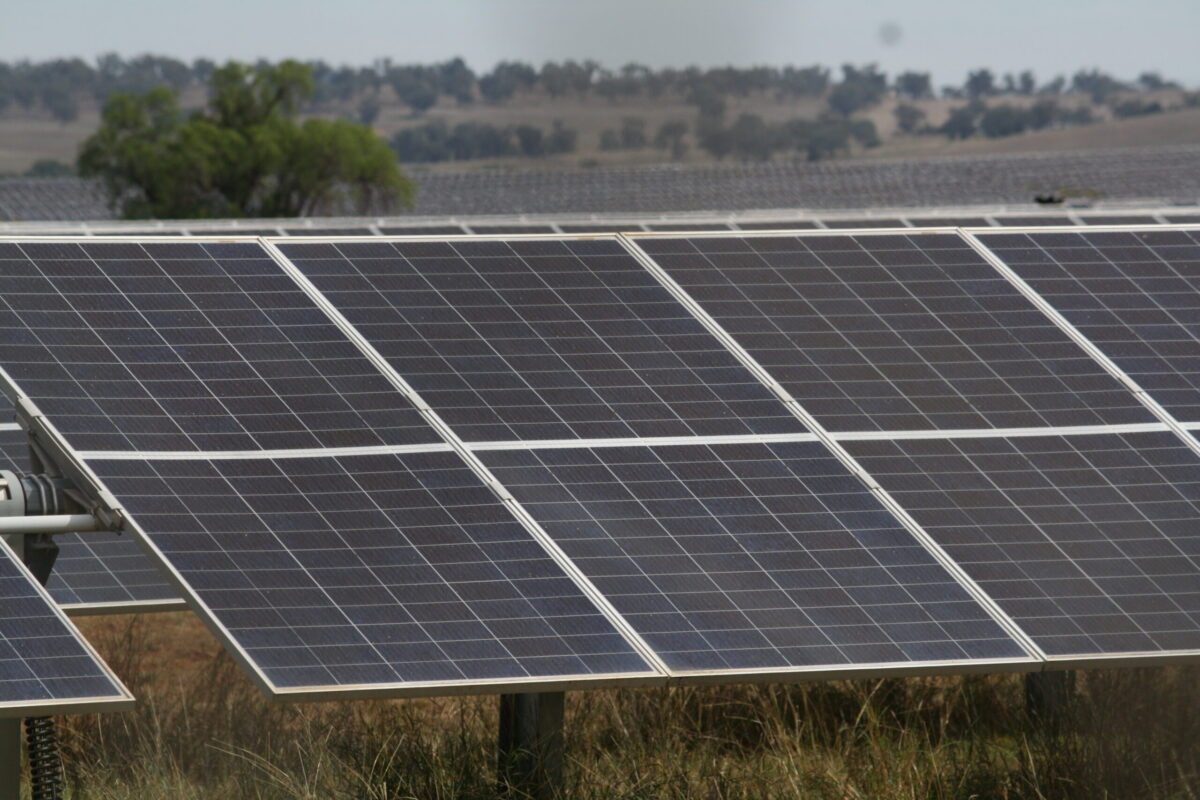


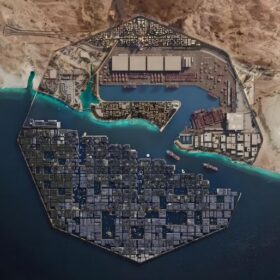
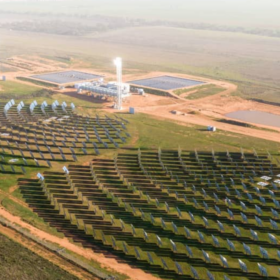
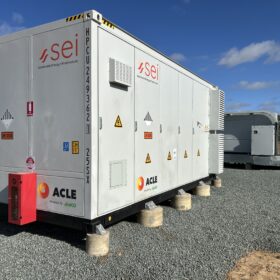
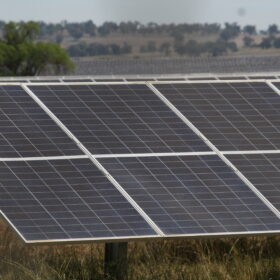

By submitting this form you agree to pv magazine using your data for the purposes of publishing your comment.
Your personal data will only be disclosed or otherwise transmitted to third parties for the purposes of spam filtering or if this is necessary for technical maintenance of the website. Any other transfer to third parties will not take place unless this is justified on the basis of applicable data protection regulations or if pv magazine is legally obliged to do so.
You may revoke this consent at any time with effect for the future, in which case your personal data will be deleted immediately. Otherwise, your data will be deleted if pv magazine has processed your request or the purpose of data storage is fulfilled.
Further information on data privacy can be found in our Data Protection Policy.